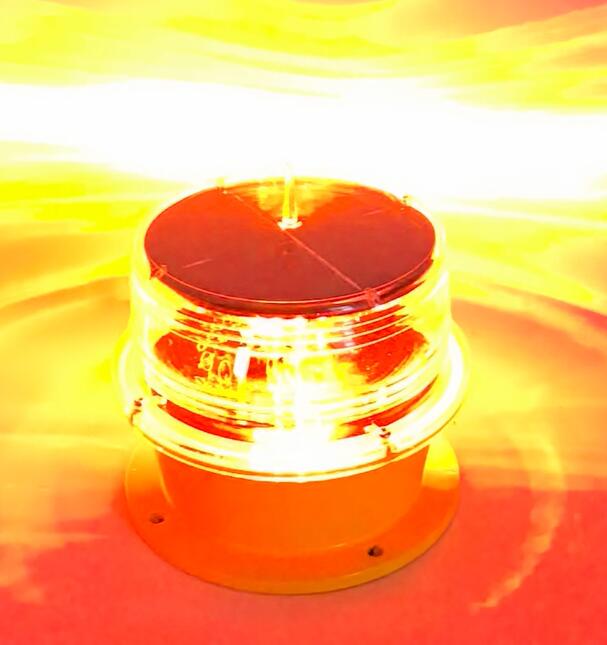Posted: 2025-02-06
In the vast expanse of the sky, where aircraft navigate at high speeds and various altitudes, safety is of utmost importance. Aircraft warning lights regulations play a crucial role in ensuring the safety of both air travel and the structures that punctuate the skyline. These regulations are designed to prevent collisions between aircraft and tall structures, such as buildings, towers, and bridges, by clearly indicating their presence, especially during low - visibility conditions.
The Significance of Regulations
The primary purpose of aircraft warning lights regulations is to reduce the risk of mid - air collisions. Consider a scenario where a pilot is flying through a foggy night or in adverse weather conditions. Without proper warning lights on tall structures, these obstacles could go unnoticed until it's too late. Regulations ensure that all structures that may pose a threat to aircraft are equipped with the appropriate lighting systems. This not only protects the lives of passengers and crew on board the aircraft but also safeguards the integrity of the structures themselves.
International and Regional Standards
There are several international and regional standards that govern aircraft warning lights. The International Civil Aviation Organization (ICAO) sets international guidelines. In its Annex 14, Chapter 6, it details the criteria for marking and lighting obstacles to flight. For example, a fixed obstacle that extends over a take - off ascent surface within 3000 m from the inside of the ascent surface must be marked and, if the runway is used at night, illuminated. This helps pilots to be aware of potential hazards during take - off and landing.
In the United States, the Federal Aviation Administration (FAA) has its own set of regulations. Structures are classified based on their height, and different types of lights are required accordingly. For structures less than 200 feet tall, red obstruction lights are typically used, emitting a steady red light that is visible during nighttime operations. Medium - intensity white strobe lights are mandatory for structures between 200 and 500 feet tall. These lights flash at specific intervals, attracting the attention of pilots from a greater distance. Structures exceeding 500 feet in height must be equipped with high - intensity white strobe lights, which are visible from even farther away, giving pilots ample time to identify and avoid the obstacle.

Compliance and Enforcement
Compliance with aircraft warning lights regulations is not optional. The owners or operators of structures are responsible for ensuring that the warning lights are properly installed, maintained, and functioning according to the regulations. Regular inspections are carried out to verify compliance. In case of non - compliance, penalties can be imposed. These penalties can range from fines to legal actions, depending on the severity of the violation and the potential risk it poses to aviation safety.
Future - proofing the Regulations
As technology advances, aircraft warning lights regulations are also evolving. The development of more energy - efficient and durable lighting technologies, such as LED lights, has led to changes in the regulations. LED lights offer longer lifespan, lower energy consumption, and better visibility. Regulations are being updated to incorporate these new technologies, ensuring that the safety standards are maintained while also promoting environmental sustainability.
Aircraft warning lights regulations are the unsung heroes of aviation safety. They provide a clear and reliable warning system that helps pilots navigate the skies safely. By adhering to these regulations, we can continue to enjoy the benefits of air travel while minimizing the risks associated with potential collisions between aircraft and tall structures. As the aviation industry continues to grow, it is essential that these regulations are strictly enforced and updated to keep pace with technological advancements.